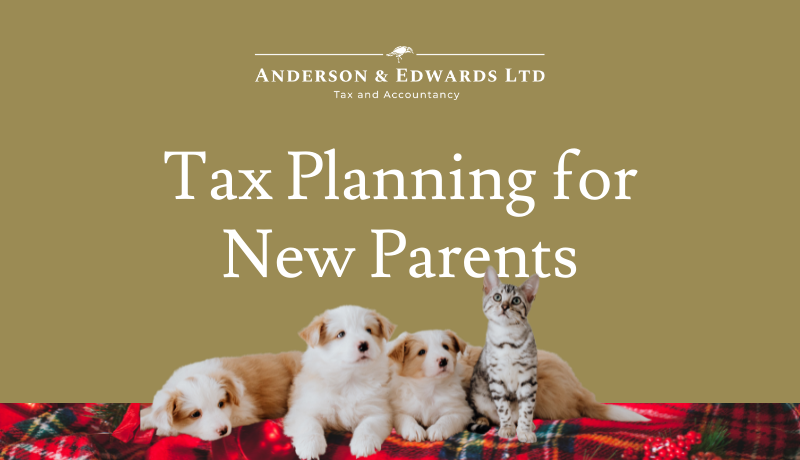
Dean is a recent new parent and I (James) am due my first child in May 2022. Since I’ve been doing some in-depth research on the tax-efficient products available for new parents, I thought it would be beneficial to share this information.
This is largely a ‘devolved’ issue so I’m only going to focus on what is currently available in Scotland.
Much like the personal ISAs of £20,000 (allowance) a year, there is an additional £9,000 of ISA allowance available if you create a Junior ISA in the name of your child.
This can be filled with shares or cash and the account is controlled by the parent until the child reaches 16 years old. However, the child cannot take the money out until they are 18 years old.
Like with any financial product, there are pros and cons to Junior ISAs.
· Tax-free growth
· Tax-free income
· A court order is required to stop the child spending the money at 18.
· It’s simply an additional ISA allowance, there is not much of a benefit if you don’t maximise your own ISA first.
You can make a pension contribution on behalf of your child of up to £2,880 per year. The government will then instantly top it up to £3,600.
The child will take control of the pension at 18 years old (have the ability to change funds etc). However, there are again pros and cons to the pension option:
· Government top-up of up to £720 per year.
· The child won’t be able to touch the pension money until they are 57!
This option is an absolute ‘no brainer’ if you are spending money on a childminder, nanny, nursery or playscheme.
You can pay up to £8,000 per year (£2,000 per quarter) into a specific government account and they will increase the total by up to £2,000 per year (£500 per quarter). You can use this account to pay for the cost of the childcare.
Basically, if you are spending £10,000 per year on childcare, it will only cost you £8,000 (because of the £2000 top-up from the government).
There are however more cons than pros to this option.
· It’s a 20% discount on a cost you were going to pay anyway.
· It’s a ‘faff’ (extra effort) that the payment must come from a specific account.
· It can affect your entitlement to other benefits.
· There is an earnings requirement to qualify (not too much, not too little).
· The childcare providers need to be approved by the Scottish Care Inspectorate (perhaps registered providers simply increase their prices by 20%?)
The Child Benefit is a payment of £24 per week for your first child (£1,248 per year). What’s not to like? Whilst you can usually qualify for Child Benefit if you’re responsible for a child under 16 (or under 20 if they stay in approved education or training) and you live in the UK, there are advantages and disadvantages to it.
Pros
· Cash payment (in an account of your choosing)
· If the partner that claims it is not working/has no or little income, the claiming of child benefit counts as a qualifying year for the entitlement to the state pension (this is vital to note before applying!).
Cons
· The High-Income Child Benefit Charge - you must pay some or all of it back if one partner has income over £50,000 (fixable with pension contributions though).
The rules are constantly changing on these products and benefits. It can be difficult to keep up, even for someone who speaks the HMRC language. If you need help understanding what the most suitable options are, then be sure to speak to a Chartered Tax Advisor (James is ours), or a financial advisor. Ring us on 0131 364 4191 or email: Enable JavaScript to view protected content..
© 2025 Anderson & Edwards Ltd|Registered in Scotland SC678768|Privacy Policy|Website by Broxden